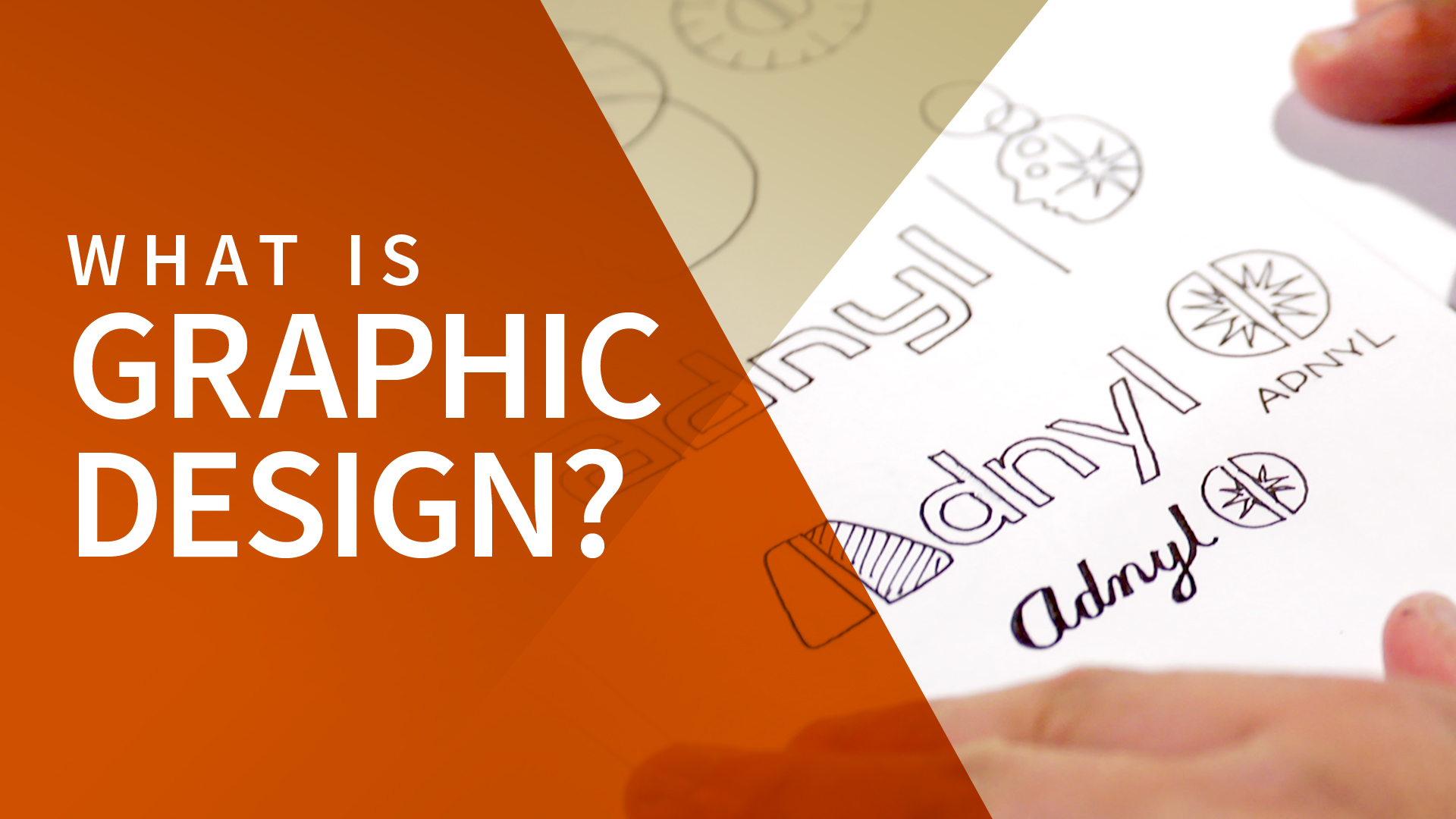
Graphic design is a dynamic field that encompasses the creation of visual content for various mediums. From billboards to websites, logos to packaging, graphic designers play a pivotal role in shaping the way we perceive and interact with information. But what exactly is graphic design and what does it entail? In this article, we will explore the fundamental aspects of graphic design, its purpose, and how it has evolved over time. Whether you are an aspiring designer or simply curious about this creative discipline, join us as we delve into the exciting world of graphic design and uncover its secrets.
Defining Graphic Design
Graphic design is a creative discipline that involves the use of visual elements to communicate ideas, messages, and information. It is the art of using typography, images, colors, and illustrations to create visually appealing designs for various mediums such as print and digital platforms. In today’s digital age, graphic design plays a crucial role in shaping brand identities and creating engaging user experiences.
Graphic designers are responsible for conceptualizing and executing designs that effectively convey a specific message or evoke certain emotions. They combine their artistic skills with technical expertise in software tools like Adobe Photoshop, Illustrator, and InDesign to bring their ideas to life. Whether it’s designing logos, advertisements, websites, packaging, or social media posts, graphic designers play a vital role in enhancing visual communication across various industries. In addition to aesthetics, graphic design also focuses on functionality and usability. Designers must consider factors such as readability of text, ease of navigation on websites or apps, and overall user experience when creating their designs. Ultimately, graphic design is about finding the perfect balance between creativity and practicality to deliver visually captivating yet functional solutions that effectively engage audiences.
History: Evolution of Graphic Designing
Graphic designing is the art and practice of combining images, typography, and other visual elements to communicate a message effectively. It involves creating visually appealing designs for various mediums such as print, websites, social media, advertisements, and more. Graphic designers use their creativity and technical skills to create visually captivating designs that not only attract attention but also convey the intended message.
The history of graphic designing dates back thousands of years when humans started using symbols and drawings to communicate information. The ancient Egyptians used hieroglyphics to depict stories and ideas on the walls of temples. The invention of printing press in the 15th century revolutionized graphic design by enabling mass production of books with intricately designed illustrations. In the 19th century, advancements in lithography made it possible to reproduce intricate designs with accurate color representation, leading to significant developments in poster design and advertising.
In the early 20th century, artists like Wassily Kandinsky and Piet Mondrian introduced abstract art movements that had a profound impact on graphic design aesthetics. With the advent of computers in the latter half of the century, digital tools became an essential part of graphic designing. Today’s graphic designers have access to a wide range of software applications that allow them to create intricate designs quickly and efficiently. The evolution continues as technology advances further, providing new possibilities for creative expression in graphic design.
Elements: Understanding the Building Blocks
Graphic designing is a creative field that combines art and technology to communicate ideas visually. It involves creating visual content for various mediums such as print, digital, and social media. Graphic designers use elements such as typography, color, images, and layout to convey messages effectively.
One of the fundamental building blocks in graphic design is typography. Typography refers to the style and arrangement of fonts used in a design. Different fonts evoke different feelings and moods, so it’s essential for graphic designers to choose the right typefaces that align with the intended message. Another crucial element in graphic design is color. Color has a significant impact on how people perceive information and can influence their emotions and behavior. Graphic designers must have an understanding of color theory to create visually appealing designs that resonate with their target audience.
Layout is another key element in graphic design that involves arranging text, images, and other visual elements on a page or screen. An effective layout should be aesthetically pleasing while also considering readability and hierarchy of information. Understanding these building blocks is crucial for every graphic designer to effectively communicate messages through their work.
Applications: Where Graphic Design Shines
Graphic design is the art of visual communication through the use of typography, imagery, and layout. It involves creating visually appealing designs that effectively convey a message or evoke a specific emotion. With its ability to combine aesthetics and functionality, graphic design plays a crucial role in various applications. One area where graphic design shines is in advertising and marketing. Whether it’s designing eye-catching logos, creating attractive packaging for products, or developing visually engaging advertisements, graphic designers have the skills to captivate audiences and leave a lasting impression. They understand how to effectively communicate brand messages using colors, fonts, and imagery to create compelling visuals that resonate with consumers.
Another application where graphic design excels is in web design and user interface (UI) development. Graphic designers play a vital role in creating visually appealing websites that are not only aesthetically pleasing but also intuitive to navigate. They utilize their expertise in color theory, typography, and layout to ensure an enjoyable user experience while maintaining consistent brand identity across different digital platforms.
In summary, graphic design finds its strength in various applications such as advertising/marketing and web/UI design. Its ability to blend creativity with effective communication makes it an essential component for businesses looking to make an impact on their target audience both offline and online.
Skills and Tools: The Designer’s Toolkit
Graphic designing is the art and practice of planning and projecting ideas and experiences with visual and textual content. It involves creating designs for various mediums such as print, digital, or interactive platforms. The role of a graphic designer is to communicate messages through visually appealing and effective designs that capture the attention of the target audience. To excel in this field, designers need to possess a wide range of skills and have access to an array of tools. One crucial skill is creativity, which allows designers to come up with unique concepts and innovative solutions. Additionally, having a strong understanding of color theory, typography, layout principles, and composition helps create visually harmonious designs.
In terms of tools, graphic designers rely on software applications like Adobe Photoshop, Illustrator, InDesign, Sketch, or Canva. These programs enable them to bring their creative visions to life by manipulating images or creating illustrations. Moreover, designers often use pen tablets or stylus pens for more precise control when working on digital drawings or retouching photos. Access to stock image libraries also plays an important role in ensuring designers have a wide variety of resources at their disposal while creating stunning visuals.
Overall, the designer’s toolkit encompasses both technical skills and tools necessary for producing outstanding visual communication that effectively conveys messages in the world of graphic design.
Impact: Importance of Graphic Design in Society
Graphic design is the art of communication through visual elements such as images, colors, typography, and layouts. It involves creating visual content for various mediums like print, digital platforms, advertisements, packaging, and more. Graphic designers use their creativity and technical skills to convey messages effectively and aesthetically.
The importance of graphic design in society cannot be overstated. Firstly, it plays a crucial role in marketing and advertising. Effective graphic design helps businesses attract attention to their products or services by creating visually appealing advertisements that catch the viewer’s eye. Additionally, it helps companies build a strong brand identity by designing logos and other branding materials that reflect their values and personality. Moreover, graphic design has a significant impact on user experience (UX) design. In today’s digital world, where websites and apps are prevalent, UX designers work closely with graphic designers to create interfaces that are intuitive and visually pleasing for users. By using thoughtful layouts and clear navigation systems, graphic designers enhance the usability of these platforms.
In summary, graphic design is an essential part of society as it contributes to effective communication in marketing efforts while also improving user experience across various mediums. Digital agency design is an integral part of the formation of brands. In many cases, digital agencies are responsible for the development of websites and mobile apps. They understand the importance of user-friendly interfaces and effective marketing campaigns.
Conclusion: Appreciating the Art of Visual Communication
In conclusion, graphic designing is a diverse and dynamic field that encompasses the creation and manipulation of visual elements to convey messages or evoke emotions. It plays a crucial role in various industries such as advertising, marketing, web design, and more. Graphic designers utilize their creativity, technical skills, and knowledge of design principles to produce visually pleasing and effective designs. Whether it is a logo, website layout, packaging design, or social media graphics, graphic designing has become an indispensable part of modern communication. For anyone interested in this field, it is important to constantly stay updated with new trends and technologies to remain competitive. So why wait? Start exploring the world of graphic designing today!
ALSO READ / how to search with image on google





